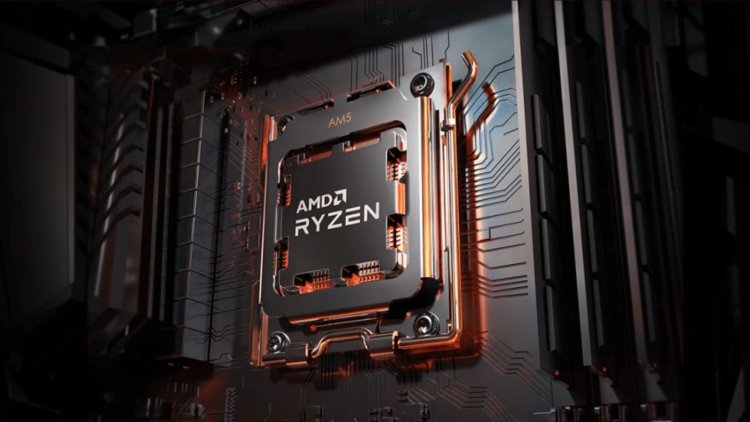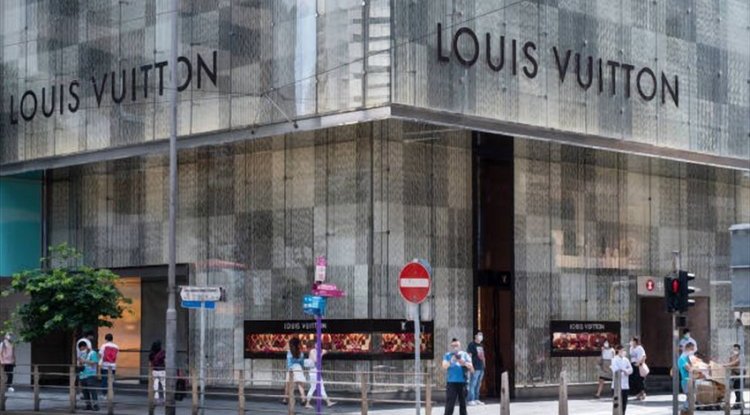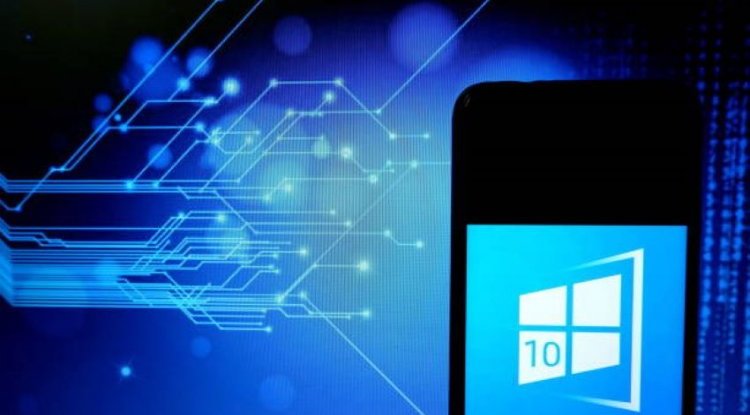AMD X670E, X670, B650 Chipset Specifications

AMD made official yesterday the specs of its planned future generation of CPUs, the AMD Ryzen 7000 with the ZEN 4 architecture, about which the firm had offered us an interesting peek a few months ago.
A highly promising advancement, and one that has had us waiting since then, both for its release on the market and, in the interim, for additional information regarding the new AM5 platform.
The chipsets that will accompany this new generation of chipsets, a set made up of the X670E, X670, and B650 will be one of the parts entirely responsible for the performance leap that Ryzen 7000 will provide, a generation with which AMD wants to make this quite difficult for an Intel that, with Alder Lake, smacked the table, in a movement that it intends to consolidate with Raptor Lake.
What worries us now are the new AMD chipsets for the Ryzen 7000, as well as the differences between them. And the first step is to determine which market segment each option is aimed at.
The E at the end of the X670E stands for Extreme, which indicates that we are dealing with the top-of-the-line solution for the most demanding consumers who want to resort to the most extreme overclocking conceivable. Meanwhile, the X670 is aimed at high-end equipment, while the B650 will be the most popular option in the family.
The first thing we can say about the new AMD chipsets is that two recent reports have been confirmed. The first is that AMD uses the cutoff point here, making them only DDR5 compatible.
This was a possibility that was discussed prior to the introduction of Alder Lake, but Intel chose a more conservative stance, which could harden with the launch of Raptor Lake.
The second verifiable rumor is that AMD has chosen a dual chipset design for the two higher-end chipsets, the X670E and X670. And for what purpose? Is it related to the days when Intel divided functions into North Bridge and South Bridge controllers?
Is it, in other words, a step backward in the evolution of SHPs? No, it has nothing to do with it; in this case, the job of both chipsets is to duplicate functions in order to improve the capabilities of the motherboard without causing bottlenecks.
The X670E and X670 chipsets were developed with overclocking in mind, but it's uncertain whether the B650 will be able to do the same. To that purpose, the key novelty that comes from AMD's hand is EXPO technology, which is comparable to that previously supplied by Intel with XMP and will facilitate memory overclocking in a safe manner.
This, combined with the fact that we can only use DDR5 memory, suggests that performance will be exceptional.
The biggest distinction between the two chipsets is their support for PCIe 5. In all situations, motherboards with the X670E chipset will support both graphics and storage, whereas models with the X670 PCIe 5 support for graphics will be determined by the motherboard manufacturer.
As a result, this will be a critical consideration when selecting a motherboard with this chipset. The B650, on the other hand, will only support PCIe 5 for storage, not graphics.
AMD has yet to release key details about all three chipsets, particularly the B650, about which we know the least. This informs us that AMD has a special interest in working on higher-performance systems in the face of the battle with Intel that we have been talking about for a few months now and that we are really looking forward to.
We know that the two X670 will have 24 PCIe 5 lanes, up to four RAM memory slots, up to eight SATA channels at six gigabits per second, and the capability for attaching up to three graphics cards simultaneously using CrossfireX. We'll find out the rest of the facts once manufacturers release their initial motherboards with these chipsets.





























